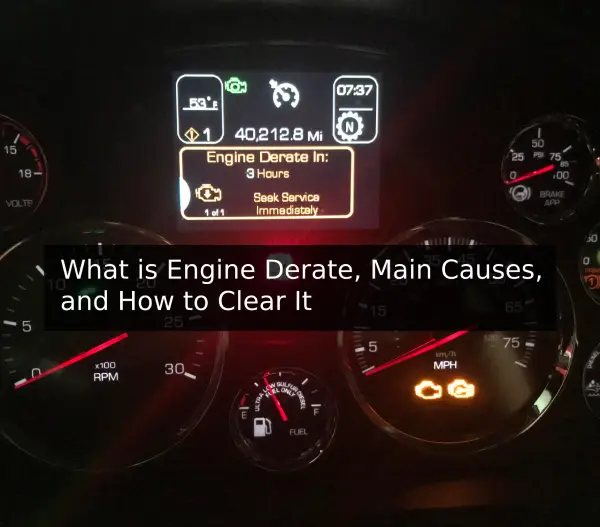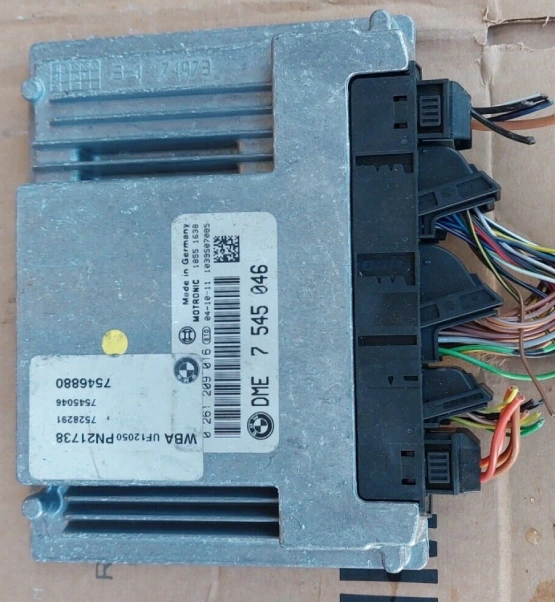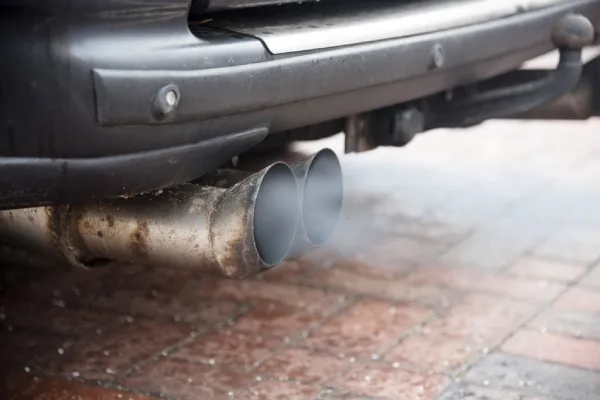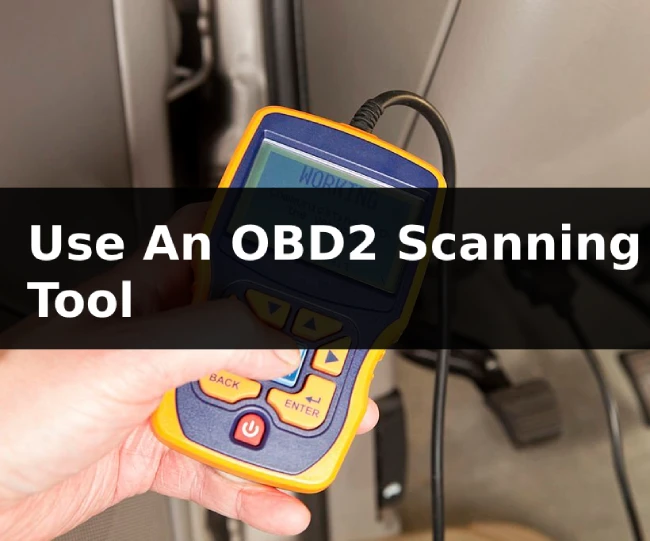As a diesel technician with over 15 years of experience, I have extensive knowledge about engine derate issues. When engines go into derate mode, it can be incredibly disruptive for truck drivers and fleet owners. However, understanding what causes derate and how to properly clear it can get engines back to full power operation.
What is Engine Derate?
Engine derate refers to an intentional limitation of engine power output. Modern diesel engines have electronic control modules (ECMs) that constantly monitor various engine sensors and operating conditions. The sensors provide data inputs to the ECM related to temperatures, pressures, fluid levels, engine speeds, and more.

When the ECM detects a problem or condition that could potentially cause engine damage if continued running at full power, it will initiate an immediate derate. The ECM does this by electronically limiting power and performance to protect the engine from failure.
Think of derate as the engine’s version of a “limp mode”. By restricting engine RPMs, throttle response, fuel delivery, and overall power output, the engine can continue operating safely until the underlying issue is properly diagnosed and repaired. The ECM only derates engine power output as much as necessary to avoid immediate failure risk.
Why Does the ECM Derate the Engine?
The ECM is essentially the brains of the engine management system. It utilizes software logic programming to act in the best interest of the engine’s longevity and performance.

The ECM sets predefined acceptable limits and thresholds for variables like temperature, pressure, contamination, speeds, and voltage. When sensors identify measurements exceeding those set limits, the ECM takes action to mitigate risks.
Initiating a derate is one of the main actions an ECM takes to prevent catastrophic engine failures when risks are detected. By intelligently limiting power output, it reduces stress on components and allows extended operation until repairs can be made.
While disruptive, derates are actually beneficial engine protection mechanisms against the alternative – no derate and eventual total engine failure if problems persist.
Main Causes of Engine Derates
The most common issues that trigger ECM-initiated power derates include:
High Engine Coolant Temperature
Excessive coolant temperature is one of the most frequent reasons an ECM will enforce a derate. The coolant temperature sensor provides constant real-time readings to the ECM. If the coolant exceeds the maximum predefined limit, usually around 230°F, the ECM will immediately derate engine power.
This protects the engine from overheating damage which can lead to cracked heads, blown head gaskets, and piston seizure.
Typical causes of excessive coolant temperatures leading to derate include:
- Low coolant level – Insufficient coolant volume allows overheating.
- Faulty thermostat – Stuck closed thermostat prevents proper coolant flow and heat transfer.
- Cooling system leaks – External leaks reduce coolant volume and system integrity.
- Cooling fan issues – Failed fan clutch or fan motor disrupts air flow for radiator cooling.
- EGR problems – Stuck open EGR valve allows too much hot exhaust into the intake.
Low Engine Coolant Level
An ECM will derate an engine any time the coolant level drops critically low. Even if not yet overheating, the lack of sufficient coolant volume means the engine is at high risk of overheat damage.
The coolant level sensor alerts the ECM whenever coolant drops below acceptable limits. Whether from external leaks or failure to maintain level, low coolant triggers derate.
Excessive Exhaust Backpressure

Restricted exhaust flow prevents proper evacuation of hot gases from the combustion chambers. Excessive exhaust backpressure causes higher exhaust temperatures which can damage turbochargers, cylinder heads, and catalytic converters.
When the ECM detects excessive backpressure through its sensor, it will derate engine power to minimize risks and high temps.
Typical causes of excessive exhaust restrictions include:
- Plugged catalytic converter – Carbon buildup creates blockage.
- Collapsed/crimped pipes – Crushed or rusted through pipes prevent flow.
- Carbon packed turbo – Buildup impedes turbine side air flow.
Low Engine Oil Pressure
Maintaining proper oil pressure is critical to ensure adequate lubrication of internal components and prevent catastrophic engine damage.
The oil pressure sensor provides constant feedback to the ECM. If oil pressure drops below 5-7 PSI, the ECM will immediately reduce RPMs and power output to maintain minimal safe pressure levels. This protects from complete oil flow loss and subsequent failure.
Common causes of critically low oil pressure include:
- Low oil level – Lack of sufficient oil volume reduces pressure.
- Failing oil pump – Damaged gears or relief valve failure prevents pressure buildup.
- Worn main/rod bearings – Excess bearing clearance bleeds off pressure.
Fuel or Oil Contamination
Both the engine’s fuel and lube oil systems are sensitive to contamination from particulates or dilution. The ECM monitors the buildup of solids and dilution in each system via specialized sensors.
Excessive contamination can disrupt combustion, reduce oil viscosity, and accelerate wear. If contamination exceeds allowable thresholds, the ECM will derate power to avoid damage.
Typical contamination issues stem from:
- Injector faults causing unburned fuel dilution of lube oil.
- Coolant mixing with oil from head gasket or other leaks.
- Insufficient fuel filtration allowing dirty fuel delivery.
- Incorrect oil type or viscosity grade reducing protection.
Diagnosing and Clearing an Engine Derate
Diagnosing and fully repairing the root cause of the issue is the only way to truly clear an engine derate condition. Band-aid fixes will only temporarily alleviate it. Here are the general steps to clearing derates:
Scan and Assess Diagnostic Trouble Codes

The ECM logs diagnostic trouble codes (DTCs) whenever it initiates a derate. Scanning the ECM for codes is the first step in diagnosing the derate.
Key DTCs pointing to the derate stimulus include:
- Engine over temp warnings
- Low coolant alerts
- Low oil pressure codes
- High contamination indicator
Assessing the DTCs provides critical clues into where to start troubleshooting.
Inspect Maintenance Records
Review maintenance logs and records to identify any oversights. For example, if coolant dilution DTCs are present but no coolant filter backflushes were performed, that’s a red flag. Maintenance gaps often contribute to derate causes.
Perform Visual Inspections
Closely inspect the engine bay and components for identifiable issues before digging deeper. Look for obvious problems like:
- Low fluid levels – Coolant, oil may need topping off.
- Leaks – Signs of coolant, oil or exhaust leaks.
- Exhaust – Carbon packing, crushed pipes.
- Belt wear – Look for signs of worn/cracked belts.
Conduct Diagnostic Testing
Move on to verifying and testing systems related to the derate codes:
- Confirm thermostat opening temperature
- Check fan clutch operation
- Measure exhaust backpressure with a gauge
- Perform an oil pressure test
- Check fuel for contamination
Testing helps isolate the root failure.
Make Necessary Repairs
Once the root cause is found through testing, make the required repairs:
- Replace the failed part causing the issue
- Top off low fluid levels
- Seal up any identified leaks
- Flush contaminated systems
- Address any overdue maintenance concerns
Do not take shortcuts – completely fix underlying problems.
Clear Codes and Reset ECM
With repairs made, use a diagnostic scanner to clear all DTCs related to the derate. This “resets” the ECM’s memory.
Also perform an ECM reset procedure to clear any remaining derate power limits. This will allow the engine to operate at full power again.
Verify Repair Success
The last step is confirming repairs were successful by:
- Carefully test driving under varying loads.
- Monitoring engine temperature, pressure, and power output.
- Rescanning for any remaining derate related DTCs.
The derate condition should now be eliminated if repairs were properly completed.
Avoiding Future Derates
While engine derates cannot always be avoided, focusing on preventive maintenance can reduce their frequency. Recommended practices include:
Follow OEM Service Intervals
Many derate causes tie back to overlooked maintenance. Sticking to the OEM’s recommended service intervals goes a long way, including:
- Oil and filter changes
- Fuel filter replacements
- Coolant flushes
- Belt and hose changes
Check Fluid Levels Frequently
Periodically check engine oil, coolant, transmission fluid, and other levels. Top up as needed to maintain proper levels. Catching low fluid early reduces derate chances.
Watch for Leaks
Inspect around gaskets, seals, hoses, housings, and connections for any evidence of leaks. Address all leaks immediately before bigger issues arise.
Monitor EGR System and Exhaust
Perform periodic cleaning of the EGR valve to prevent sticking. Inspect exhaust components for carbon build up or restrictions. Replace per OEM spec’s.
Use High Quality Fuels and Lubricants
Follow OEM fuel type and oil viscosity recommendations. High tier diesel fuels and heavy duty oils help minimize deposit formation.
Fix Problems Early
Never ignore even minor issues like leaks or unusual noises when spotted early. Small problems turn into major faults if left unchecked.
Making preventive maintenance a priority provides the best safeguard against derate conditions. But when issues do occur, have them properly diagnosed and repaired by a professional diesel technician. Taking shortcuts virtually guarantees repeated derate problems. Correctly fixing the root cause is key to keeping engines at peak performance.
FAQs about Engine Derating
Does a derate hurt the engine?
No, derate is actually protective and allows safe operation temporarily until repairs can be made. Without it, major failures could occur.
Should I try to fix a derate myself?
No, have an experienced diesel technician properly diagnose, repair, and clear derates. Incorrect DIY fixes often make things worse.
How do I know if my engine is in derate mode?
Signs include reduced power, lack of throttle response, low boost pressure, and the check engine light coming on. Scanning for diagnostic trouble codes can confirm.
Can a derated engine still drive?
Yes, a derated engine can still safely operate and move the vehicle, but at reduced power. It’s limp mode to enable driving for repairs.
Does derate damage affect resale value?
Yes, severe or repeated derate events can indicate underlying problems. Repair records showing proper fixes can help offset value impacts.
Do diesel additives help fix derates?
No, additives don’t fix mechanical or sensor issues causing derates. Diagnosing and repairing root causes is the only solution.
How long can an engine safely run in derate?
It varies by root cause, but aiming for repair in under 500 miles is recommended. Longer operation increases failure risks.
Will a DPF reset clear a derate?
No, a DPF reset tool only clears soot-related warning lights. It does not address other derate causes or reset the ECM.
Can bad fuel cause engine derate?
Yes, contaminated or improper fuel can trigger derates from issues like fuel dilution, loss of viscosity, and reduced lubricity.
Is it OK to disable a derated engine’s EGR?
No, disabling emissions equipment will worsen problems long-term. Proper diagnosis and repair is the correct resolution.
Every since I was a little boy, I can remember spending the afternoons in my dad’s repair shop. I got my first car at 16 and it was the best feeling ever!
I have contributed to various automotive publications but decided it’s finally time to settle for something constant.








